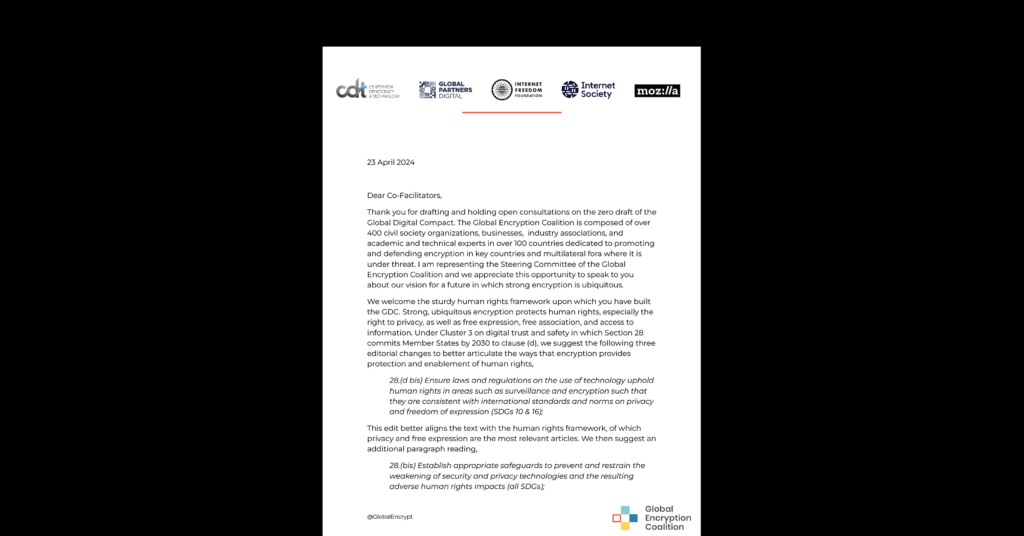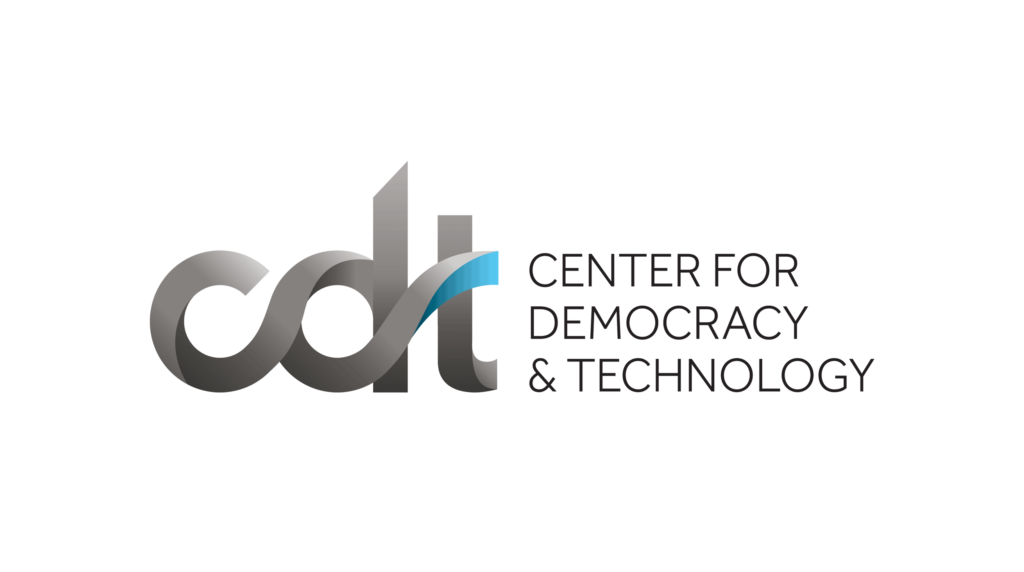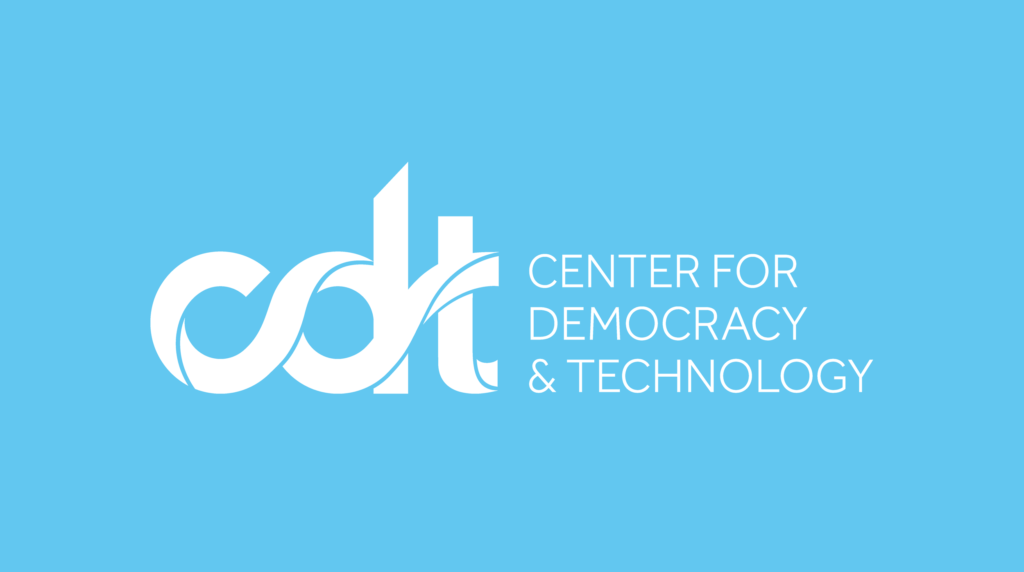Two Notes on Broadband Transparency
CDT submitted a brief comment yesterday in response to an FCC notice aimed at promoting more useful, transparent information about broadband services. The notice is most directly aimed at the data, especially speed figures, that broadband providers advertise. Given that actual speeds often vary, how can consumers be sure that they're comparing apples to apples? What if one provider cites peak speed while another cites average speed? But CDT, while acknowledging that these are good questions, focused on two elements of transparency that might be at risk of being overlooked. First, CDT discussed the idea of giving individual subscribers tools to monitor their own broadband usage. After all, much of the Internet neutrality debate focuses on questions of congestion and "bandwidth hogs" — but how many consumers even have the foggiest idea of how much bandwidth they are using, or of which of their applications create the heaviest bandwidth drain? Second, CDT noted that there may be opportunities for broadband networks to communicate technical information about network utilization or congestion to applications and other network operators. The Internet Engineering Task Force (IETF) has proposed a "Congestion Exposure" working group to address precisely this question. In short, there are a variety of ways that transparency can play a helpful role for consumers, network operators, and applications providers alike.


